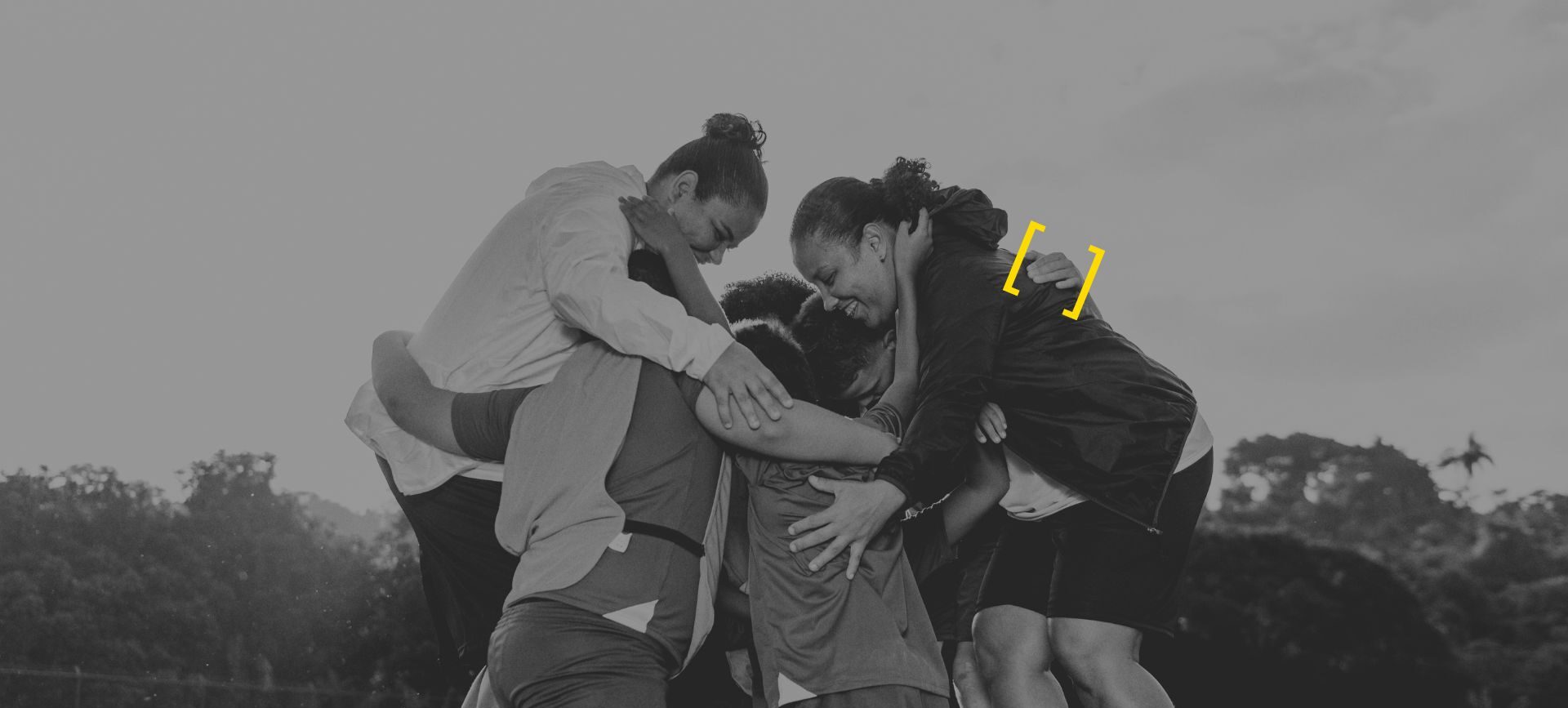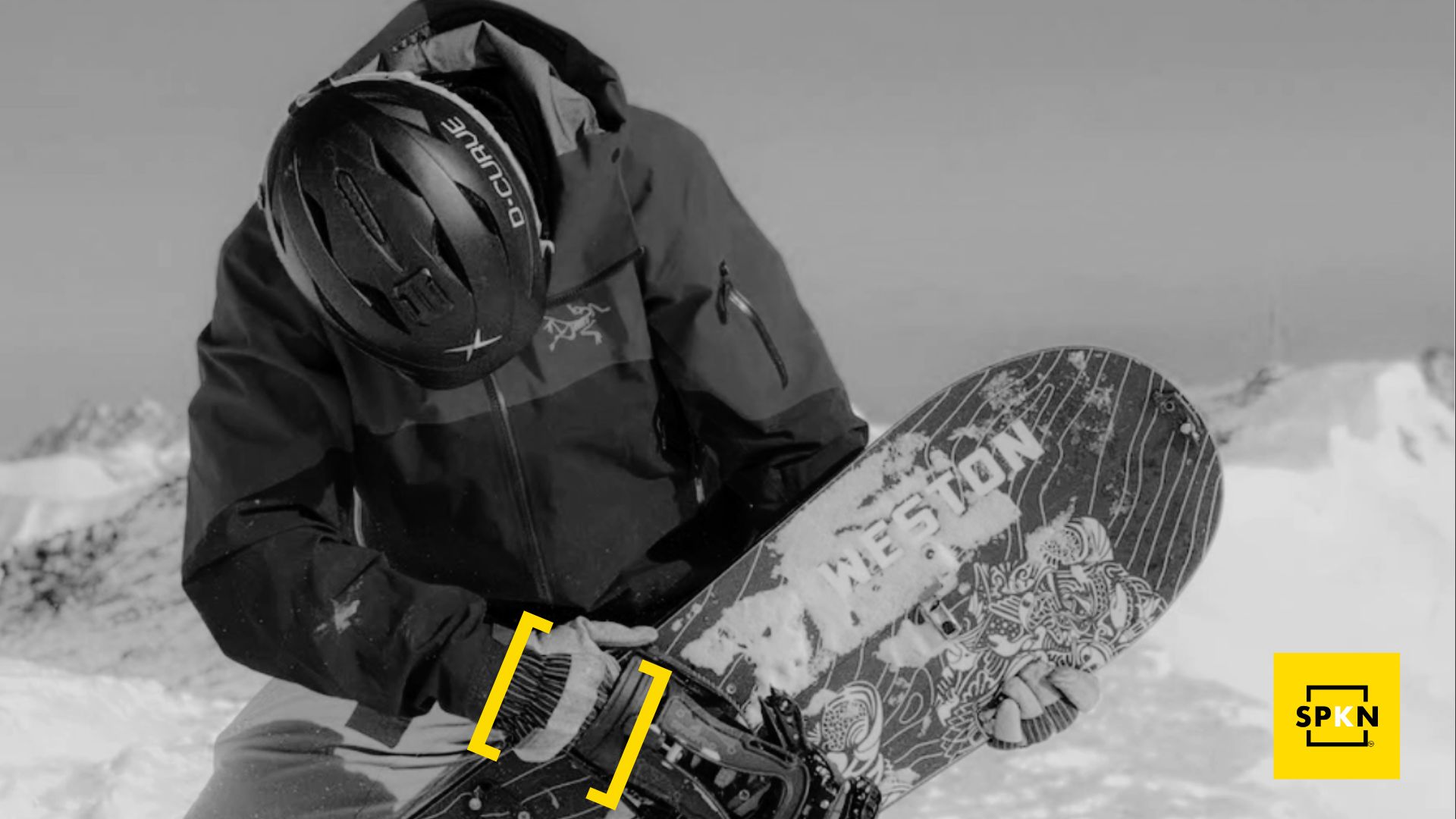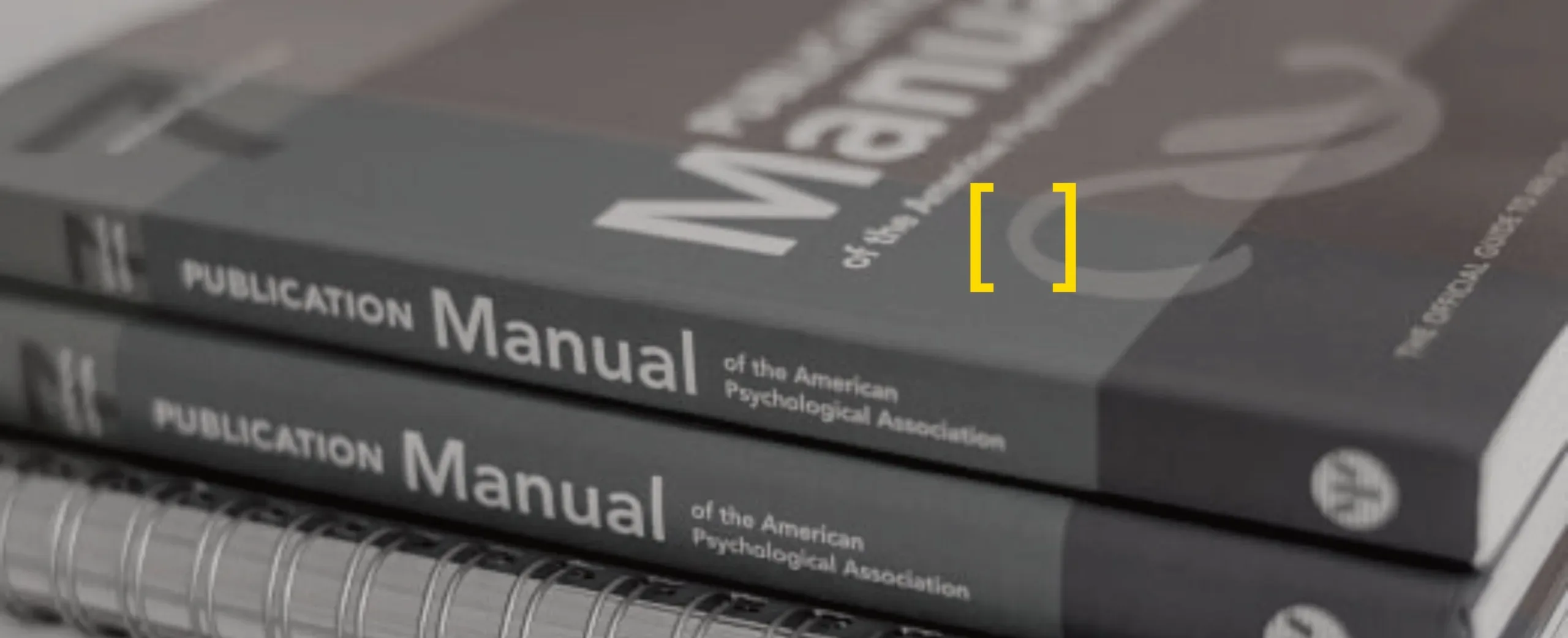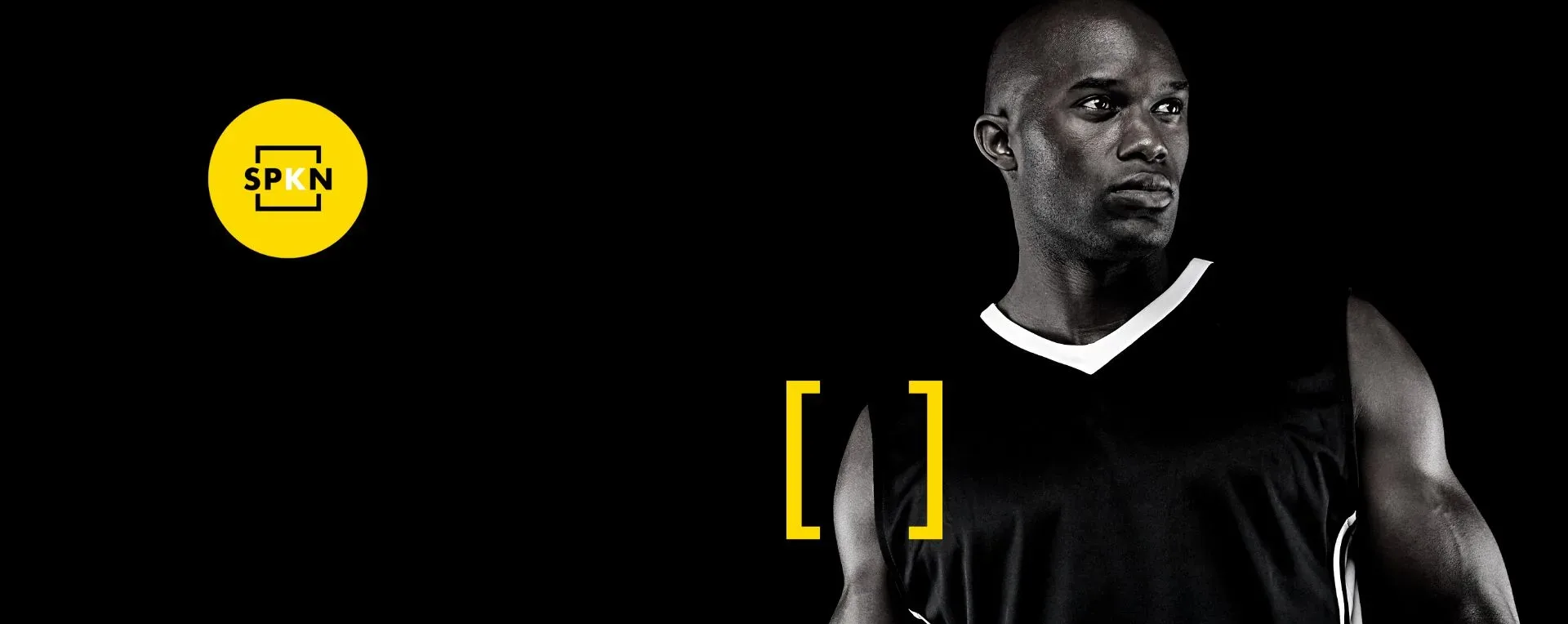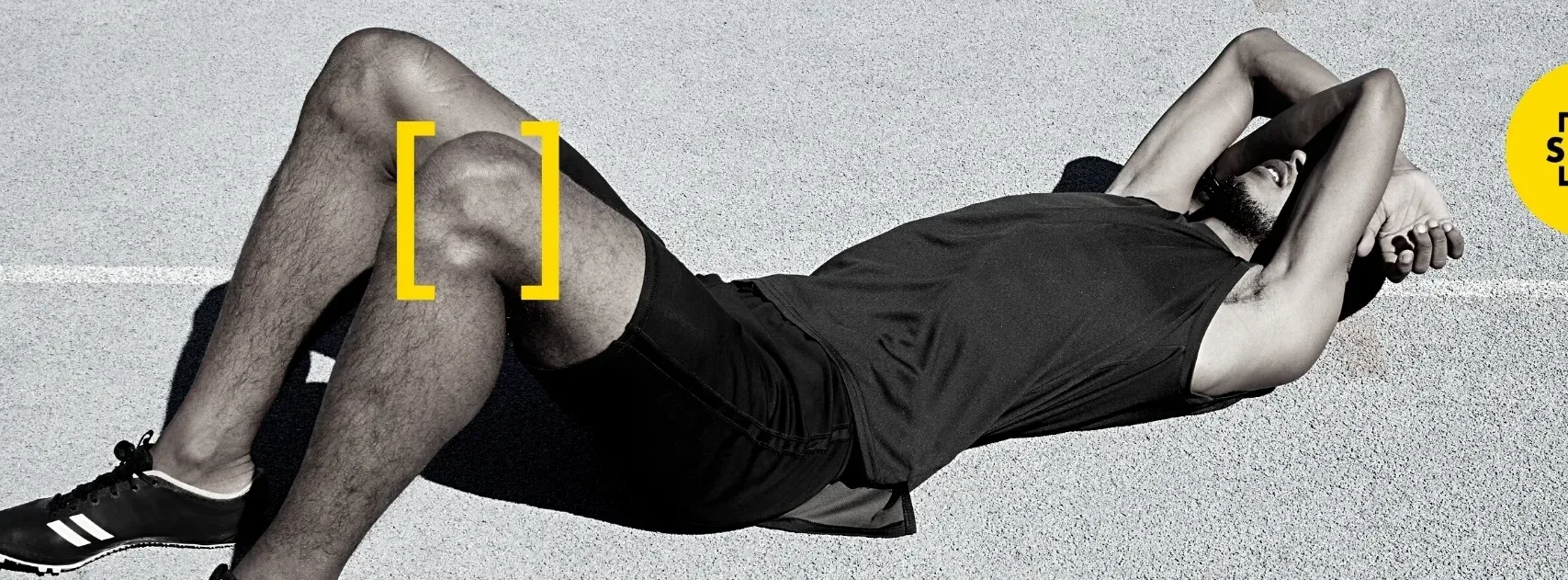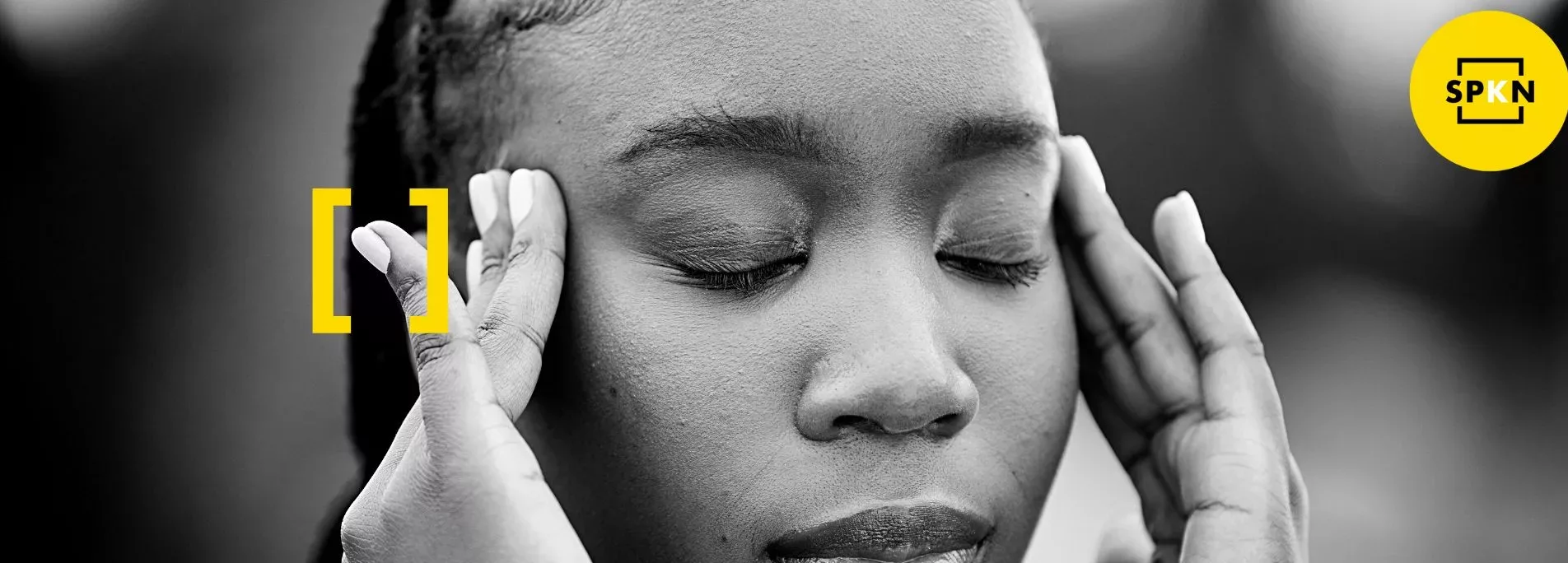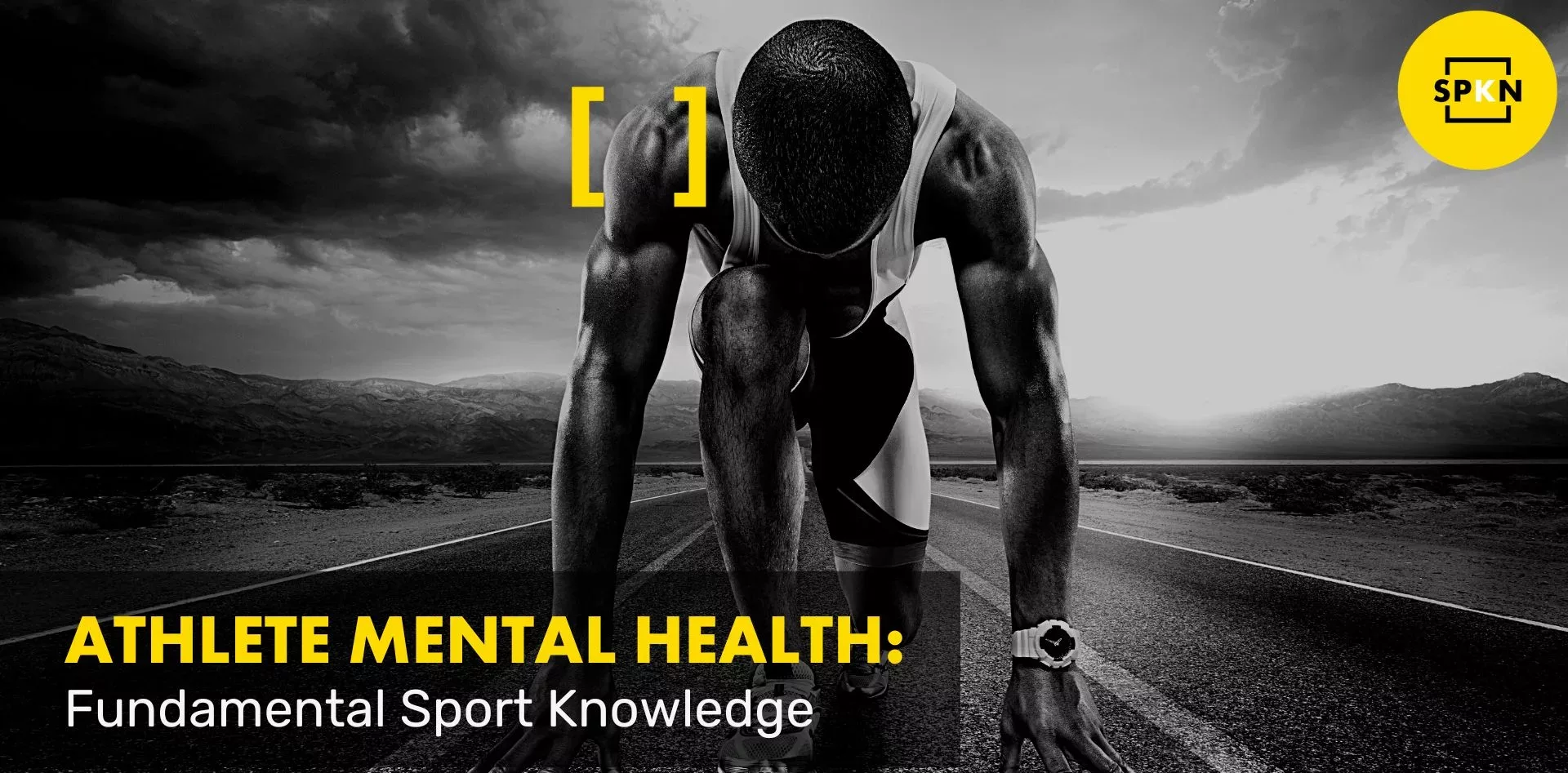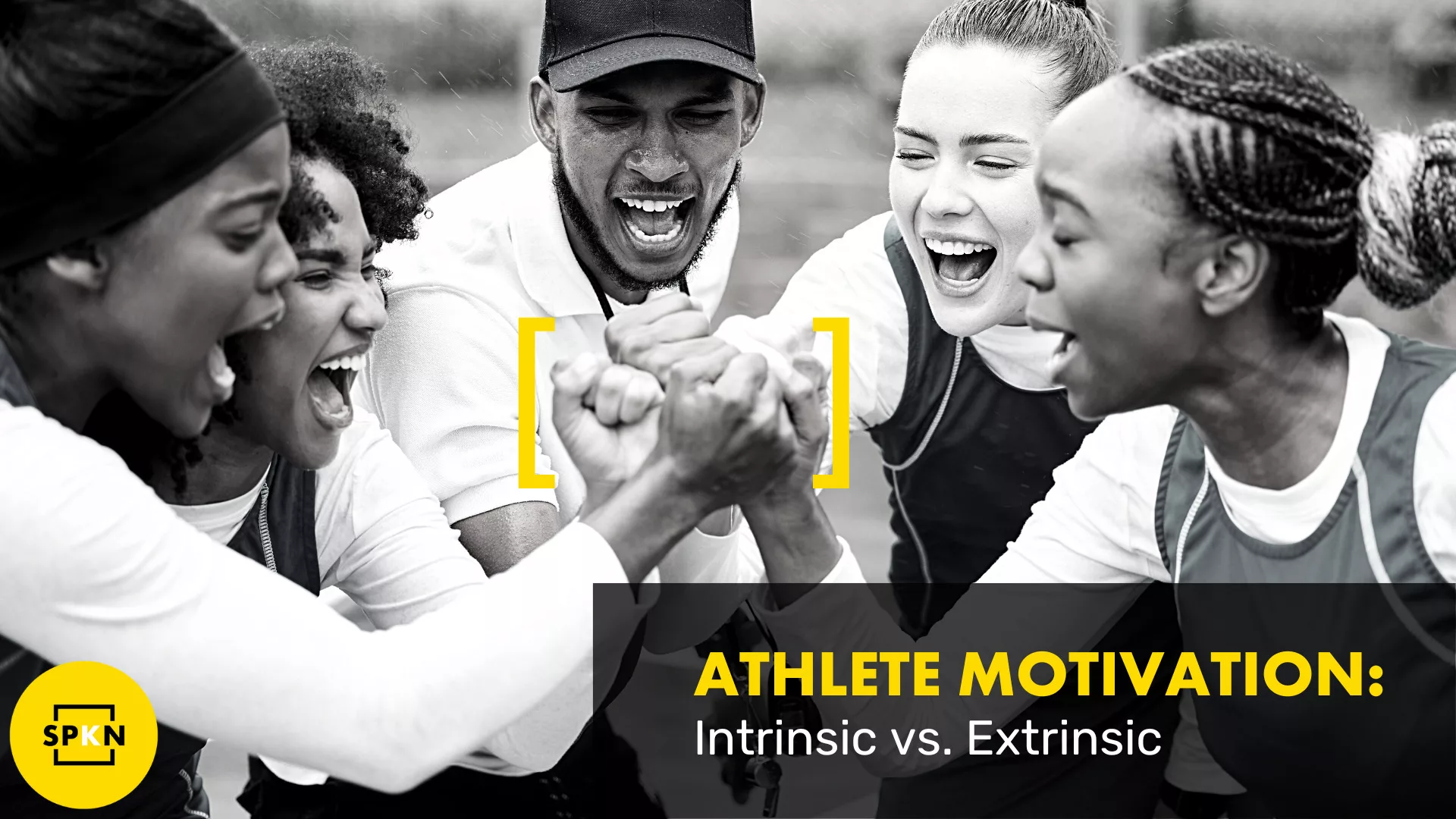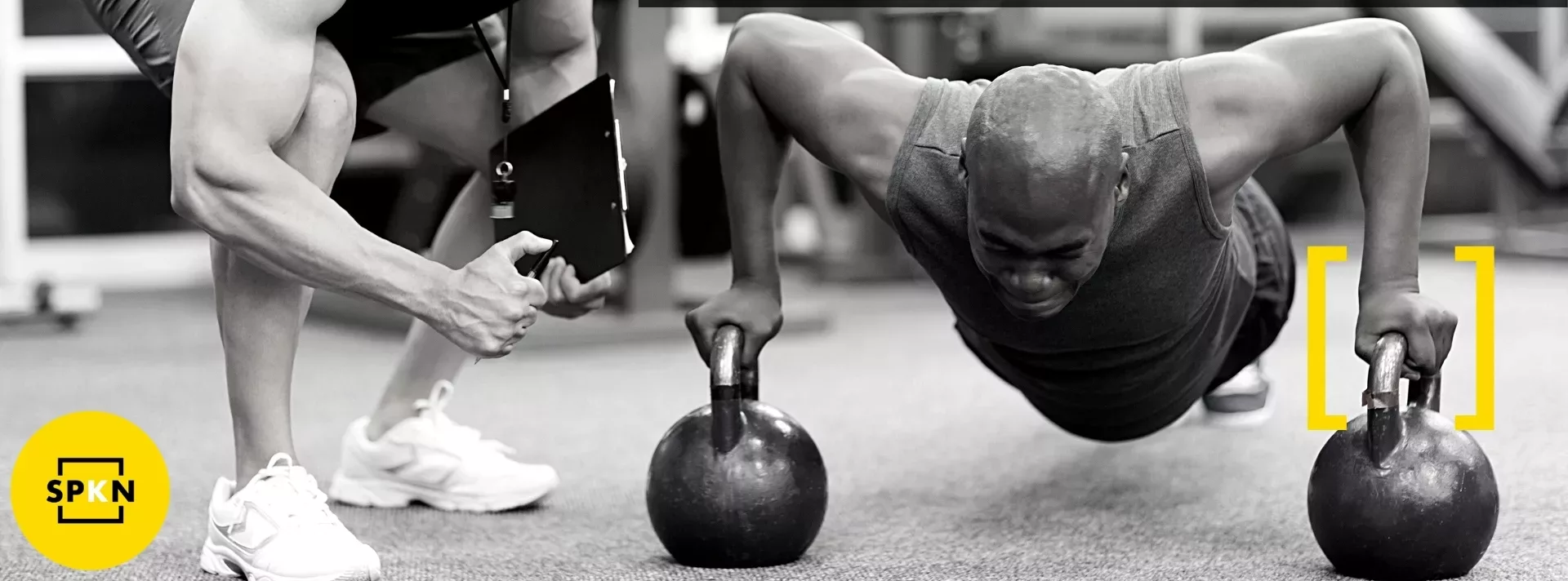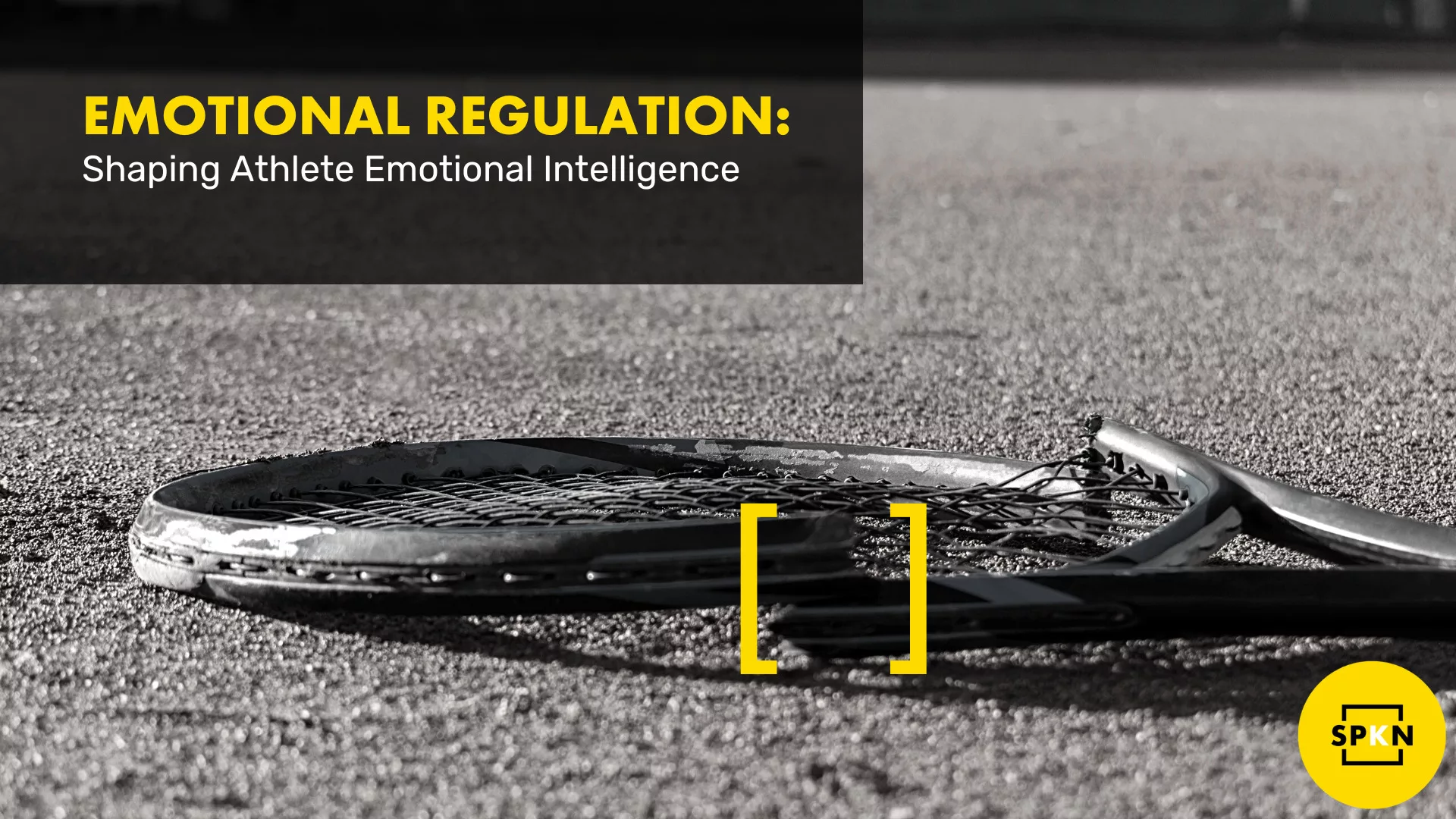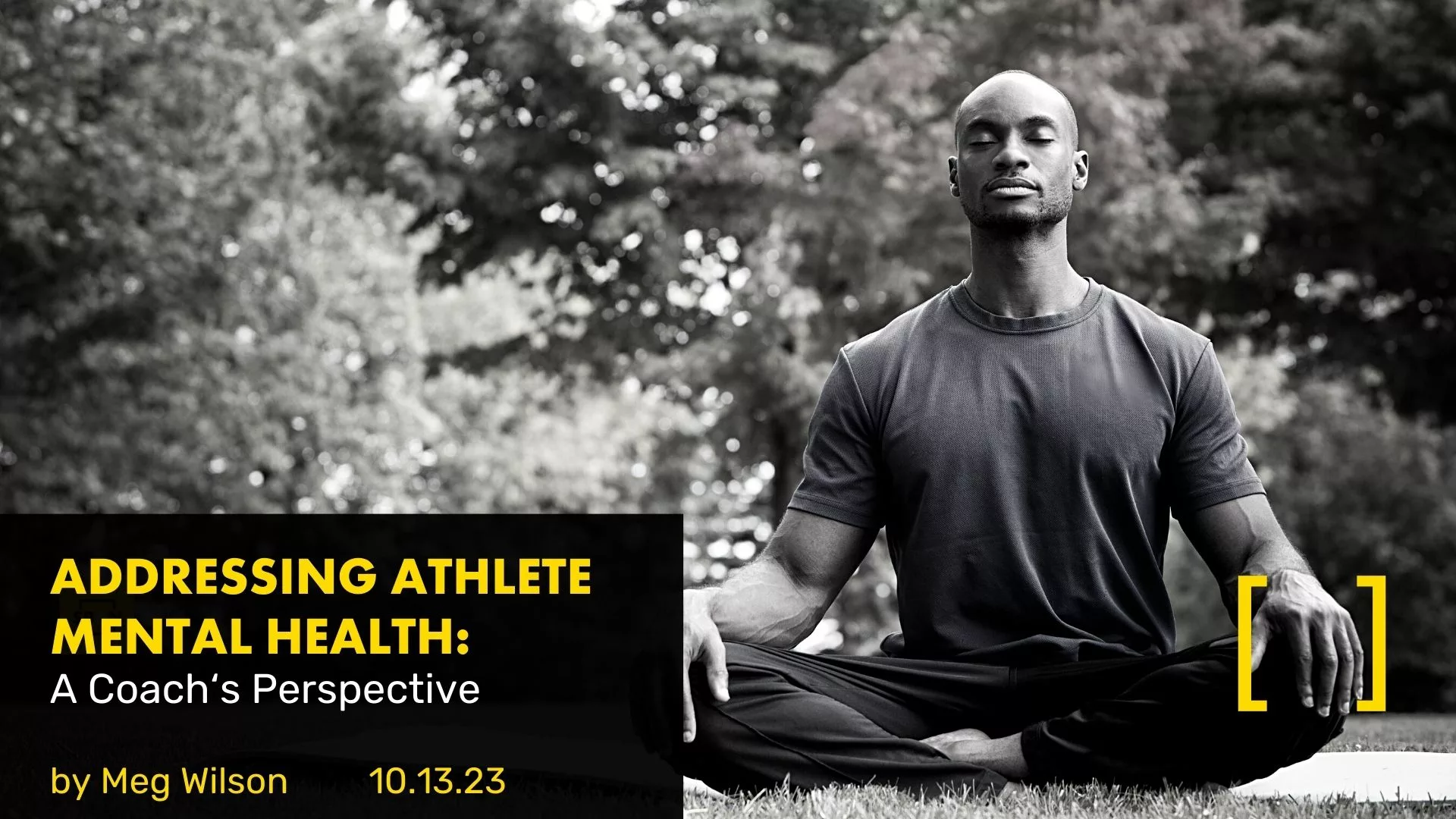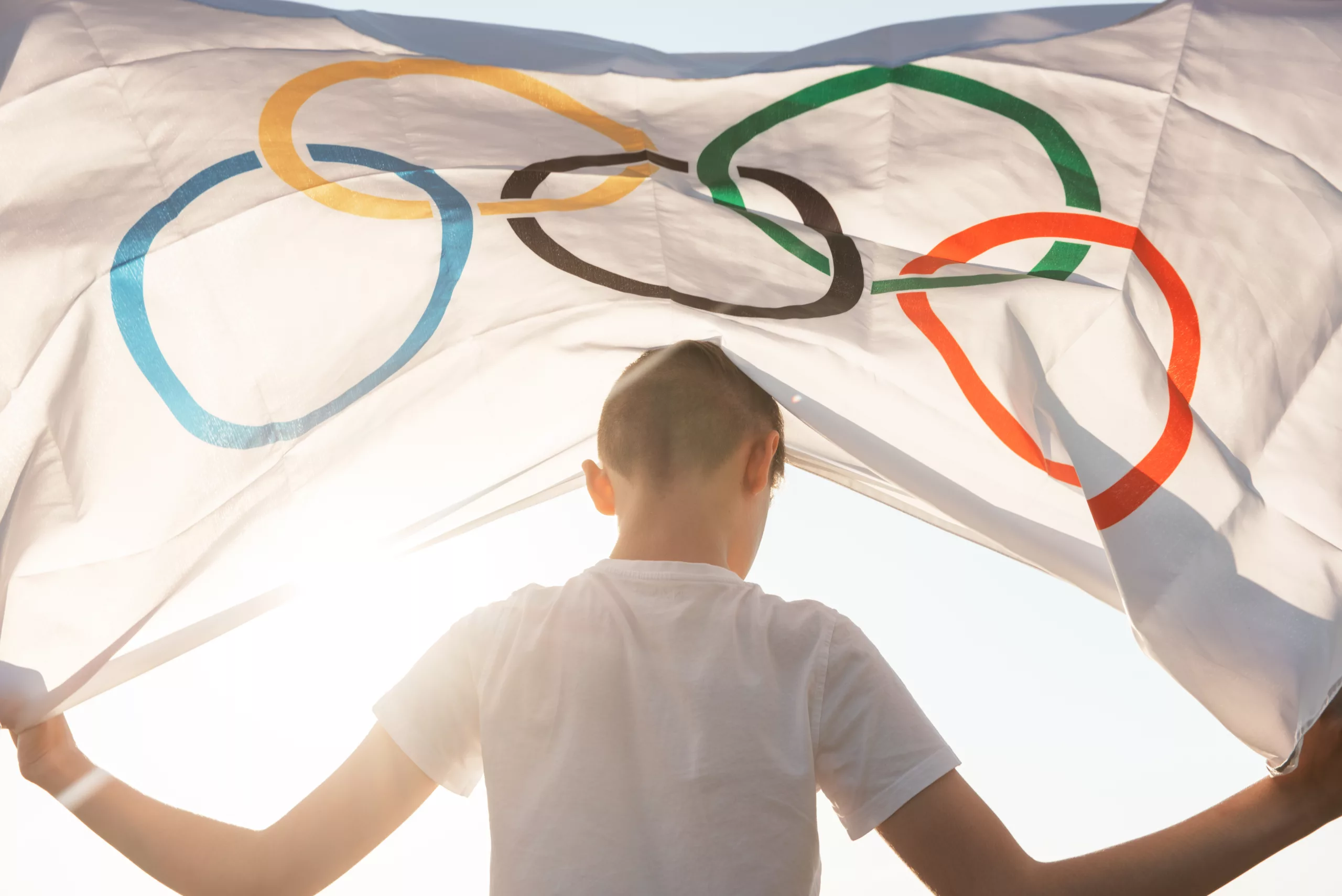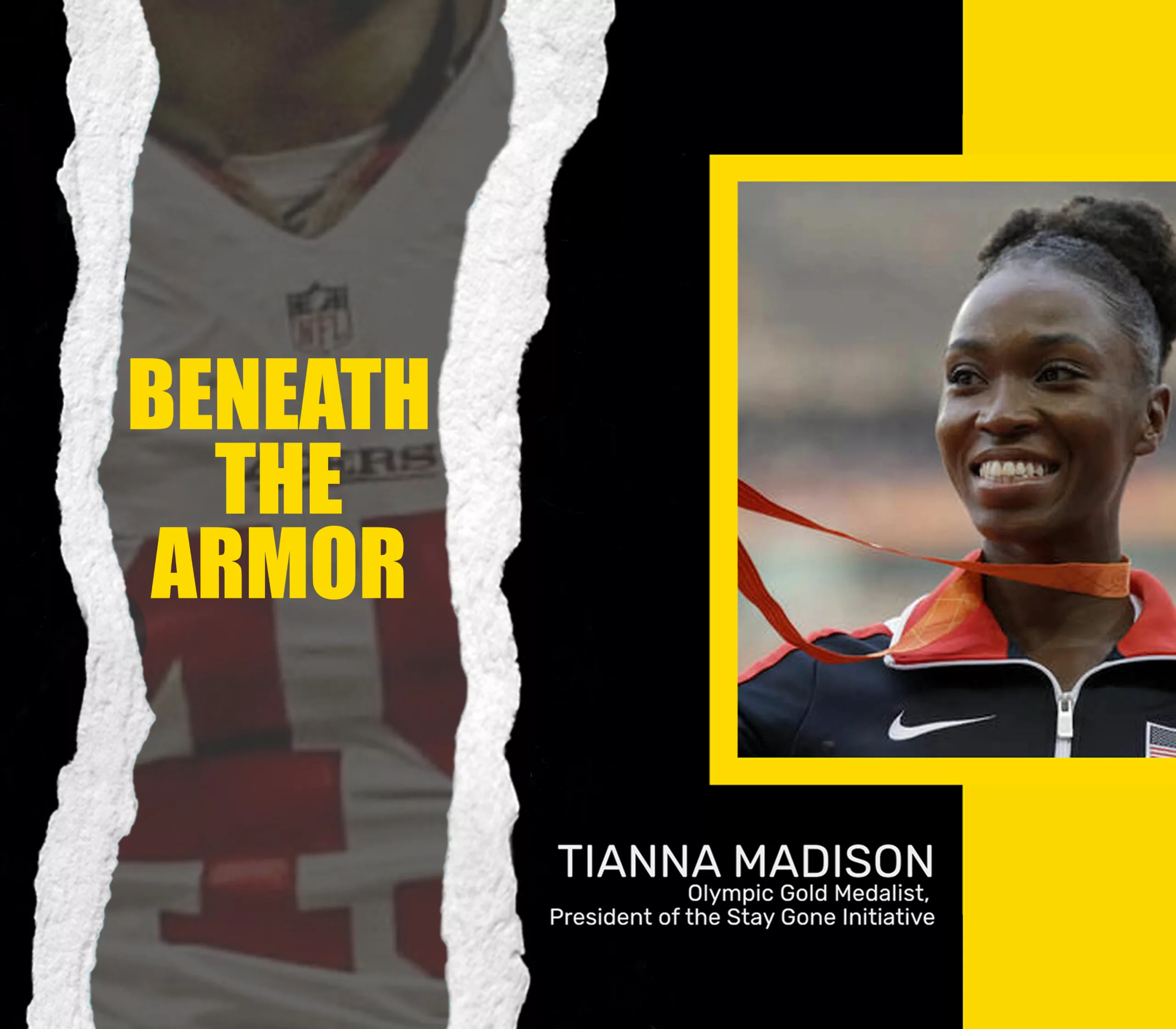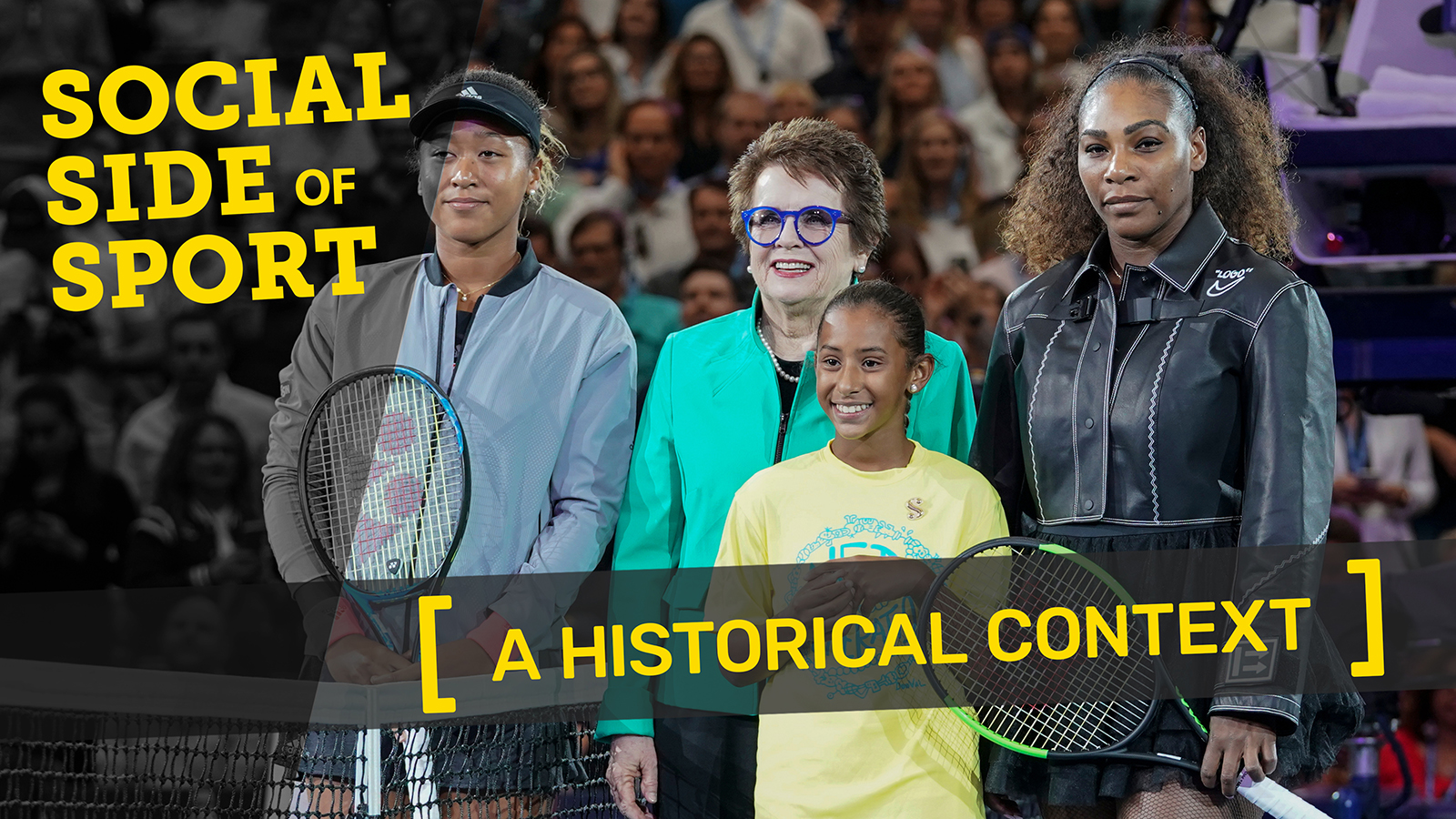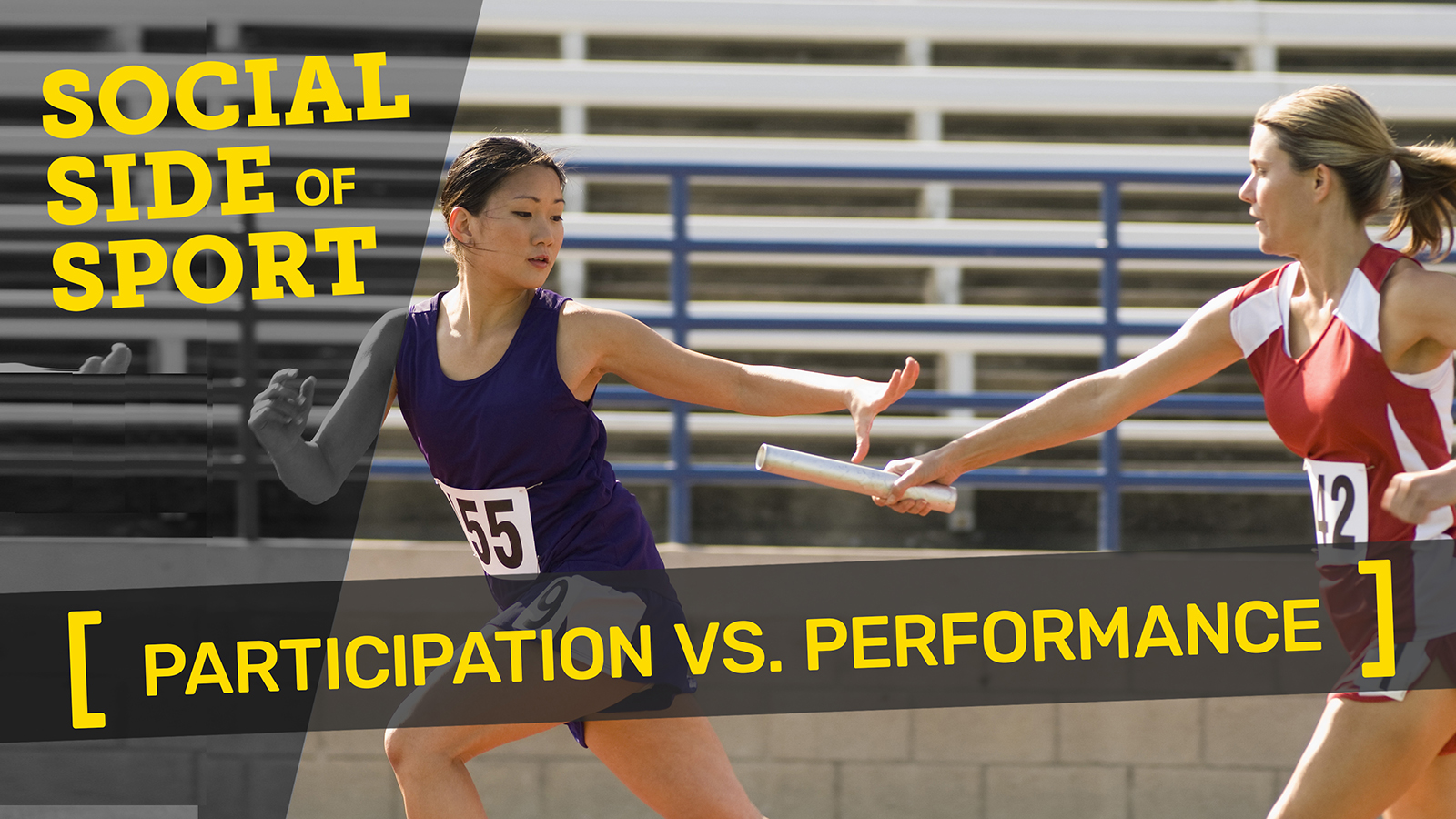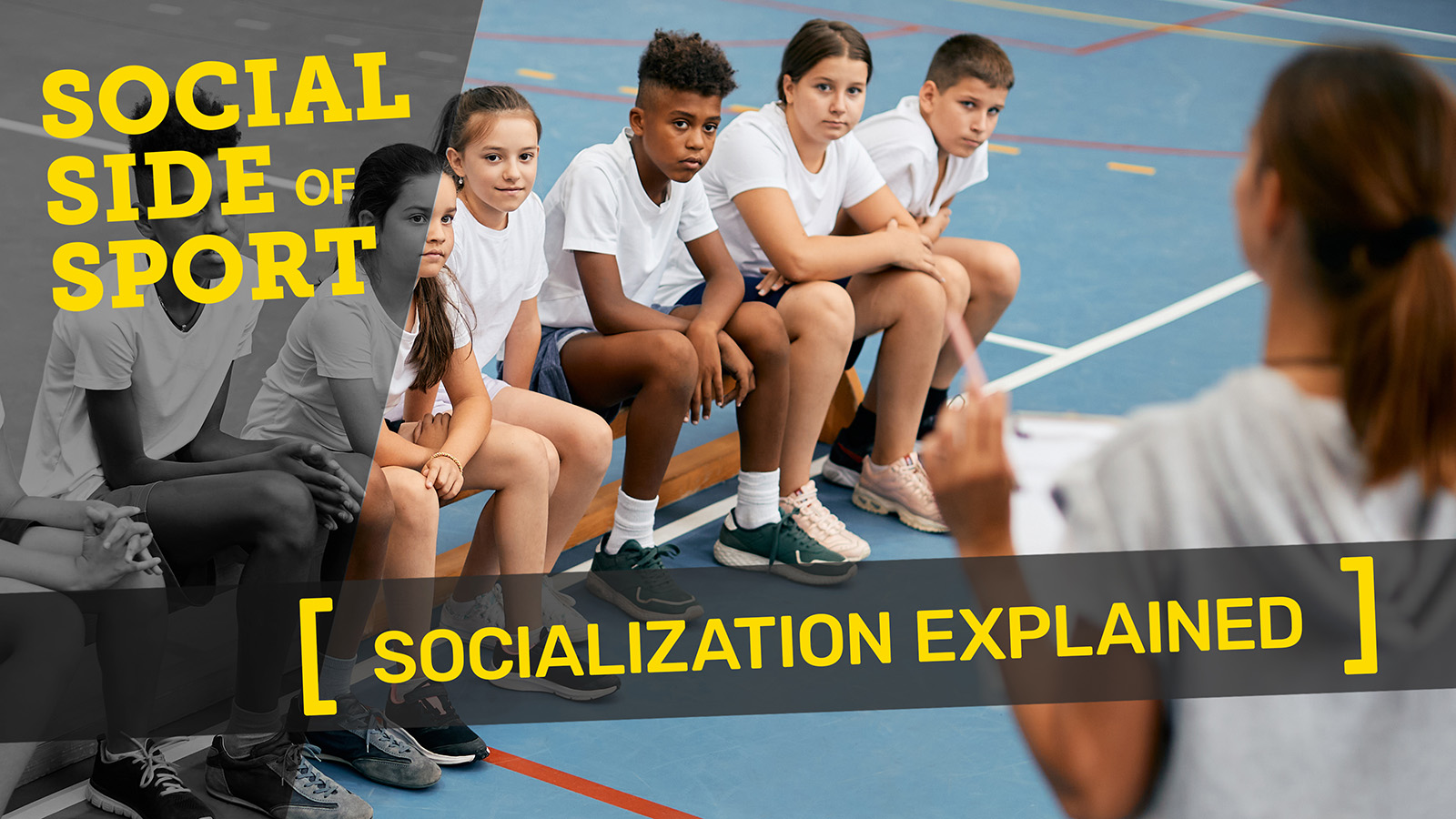The actor-observer bias (AOB) is a systematic and predictable cognitive bias by which individuals exaggerate the role of unstable, situational factors as determinants of their behavior, while also exaggerating the role of stable, dispositional factors as determinants of the behavior of others. For instance, while an athlete may attribute his/ her own poor performance to external factors, such as luck, or the contributions of teammates; an observer (teammate, coach, parent) may attribute the same poor performance to a lack of ability, effort, or mental fortitude.
Jones and Nisbett (1971) proposed that AOBs occur as a result of basic, unconscious perceptual processes. Specifically, they argued that people have access to far more information about themselves, their intentions, and their feelings that precede action while they only have information about the actions of others. Thus, actors may see themselves as being more multifaceted and more subject to influence from a range of factors. In addition, when viewing others, we only have access to visual information;
whereas, when we judge ourselves, we have less access to direct visual information concerning our behaviors and so rely more on internal information. Thus, it is proposed that we evaluate ourselves based on what we feel and others based on what we see (Pronin, 2008).
Clearly, the AOB can be problematic and has been proposed to be linked to a number of misunderstandings and conflicts. Pronin (2008) proposes that AOBs are responsible for people having inflated opinions of themselves, an over-estimation of what can be learned about others from short interactions, such as sporting trials, thoughts and motives of others, miscommunication, and interpersonal conflict.
In sport, AOBs have been infrequently studied and while Luginbuhl and Bell (1989) showed sports performers did focus on dispositional factors when attributing the behaviors of others, Wolfson (1997) did not find any evidence of the AOB in competitive swimmers.
References
Jones, E. E., & Nisbett, R. E. (1971). The actor and the
observer: Divergent perceptions of the causes of behavior.
New York: General Learning Press.
Luginbuhl, J., & Bell, A. (1989). Causal attributions by athletes:
Role of ego involvement. Journal of Sport and
Exercise Psychology, 11, 399 407.
Pronin, E. (2008). How we see ourselves and how we see
others. Science, 320, 1177 1180.
Wolfson, S. (1997). Actor observer bias and perceived sensitivity
to internal-external factors in competitive swimmers.
Journal of Sport Behavior, 20, 477 484.
***Contributed by J Iain Greenlees for Hackfort, D., Schinke, R. J., & Strauss, B. (Eds.). (2019). Dictionary of sport psychology: sport, exercise, and performing arts. Academic Press.
(https://amzn.to/3ZxARzT)

